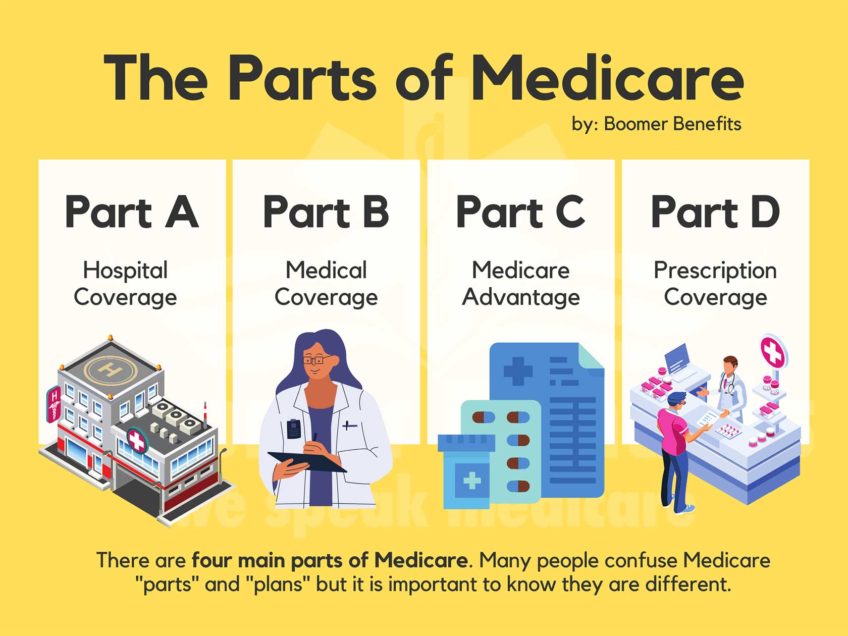CHICAGO — When Jacob Lozada was 13, a neighbor came knocking on his door in San Jose, Puerto Rico, to tell his family that his grandfather had fainted at work.
“My father said, ‘Son, this is a blessing.’ I didn’t understand why,” Lozada recalled.
When the elder Lozada came home, Jacob’s father told him it was time to retire.
“And what I did not understand until later in my life was why a 60-year-old man would want to get up at 5 in the morning to go to work cutting sugar cane, which was one of the worst jobs anybody could have in the tropics, especially in Puerto Rico,” Jacob Lozada said.
Lozada, a board member of AARP (formerly called the American Association of Retired Persons), was a panelist at a seminar titled “Older Hispanic American Workers: Current Status and Future Prospects.” The panel was one of many at the AARP Diversity Conference, organized around the theme “The Power of Inclusion” and held last week in Chicago.
According to the latest U.S. Census data, Hispanics have grown from 6.5 percent of the total U.S. population in 1980 to 15 percent today. Of the estimated 45 million Hispanics living in the U.S., 6 million are between the ages of 50 and 69.
By 2030, it is estimated that one in five U.S. residents in that age group will be of Hispanic origin, according to a survey presented by Richard W. Johnson, Ph.D., a senior fellow at the Urban Institute, a Washington, D.C.-based research organization.
Johnson called the Hispanic aging population “the invisible boomers.” To get a count of the Hispanic population in the U.S., he combined the numbers of three sources: the 2007 American Community Survey of the U.S. Census, the Health and Retirement Survey of the University of Michigan, and a self-assessment by migrant workers living in Illinois, which was conducted by the Urban Institute.
Johnson co-authored the AARP study, “50+ Hispanic Workers: A Growing Segment of the U.S. Workforce,” with the Urban Institute’s Mauricio Soto. The study looks at why Hispanic American workers ages 50 and older, like Jacob Lozada’s 60-year-old grandfather, tend to continue working.
One possible explanation is that fewer Latino immigrant workers had health benefits in their homeland (43 percent) compared to U.S.-born Latinos (49 percent).
Another is satisfaction. Of the older Hispanic workers surveyed by Johnson and Soto, more of them (95 percent) responded that they “enjoy their jobs” than did African Americans (86.3 percent) and whites (87 percent).
Johnson also said the study revealed what he called “the Latino health paradox.”
“Healthier people migrate here because workers overseas have better dieting and exercising habits, but as time progresses in America, they acquire the local practices and their health is affected,” said Johnson, who added that the same is often true among Asians and other ethnic groups.
In Johnson’s research, nearly the same percentages of Hispanics and whites reported that health problems have limited them at work: 15 percent of Hispanics and 14 percent of whites.
When asked about their absences at work in the past year, however, white workers reported more missed days than Latinos did. About 45 percent of the white workers said they’d missed at least one work day in the past 12 months, compared to 32 percent of Hispanic workers.
Yet despite their attendance, according to panelist Elba Aranda-Suh, Latino employees remain vulnerable.
“Yes, yes, yes. This is exactly what’s going on,” said Aranda-Suh, executive director of the National Latino Education Institute, a nonprofit organization located in Chicago. “Many [Latino] workers have come from the construction industry and are losing their jobs, while they were dedicated to their employers.”
Aranda-Suh also said her organization has seen an increase in the number of foreign-born Latino workers who come to the U.S. with college degrees.
“It’s been a challenge helping older workers with degrees from their homelands [to] assimilate [in] the U.S. market,” she said.
Aranda-Suh pointed out that resources available to train older workers in the past, such as the U.S. Department of Labor’s Senior Community Service Employment Program, established in 1965, have been cut as a result of the economic downturn. Although resources are scarce today, she said she could still recall when there was a lack of information about the Latino workforce.
Half-joking, Jacob Lozada urged Latinos to set aside differences and increase their participation in community political decisions.
“How difficult is it sometimes to get anything done in your Latino community? We say we are going to have dinner, then Mexicans want tortillas, Puerto Ricans want rice and beans, Venezuelans want something else,” he said. “Look, you have to get involved. That’s why I joined AARP.”
As more studies and surveys about Hispanics are released, Lozada said it becomes easier to say that the federal government is not doing enough to help. But, he said, Latinos should also ask themselves, “What am I doing?”
The aging of all ethnic populations is a real problem for foreign workers, but hopes for a long and prosperous life in this country remain high, Aranda-Suh said. She added that migrant leaders need to work closely with legislators and the private sector to address issues like retirement, long-term care and health insurance.
In their survey, Johnson and Soto asked workers aged 50 and older to rate their health status. Of the Hispanic respondents, 27 percent admitted their health is fair or poor, compared to 18 percent for whites, and 27 percent for African Americans.
Despite those findings, Latinos have reason to be optimistic about their expectations for long life. At age 50, says the AARP report, Hispanics can expect to live three years longer than non-Hispanic white men and women, and five or six years longer than non-Hispanic African Americans.
The “50+ Hispanic Workers” report is available online at http://www.aarp.org/research/work/employment/hispanic_workers_09.html.






